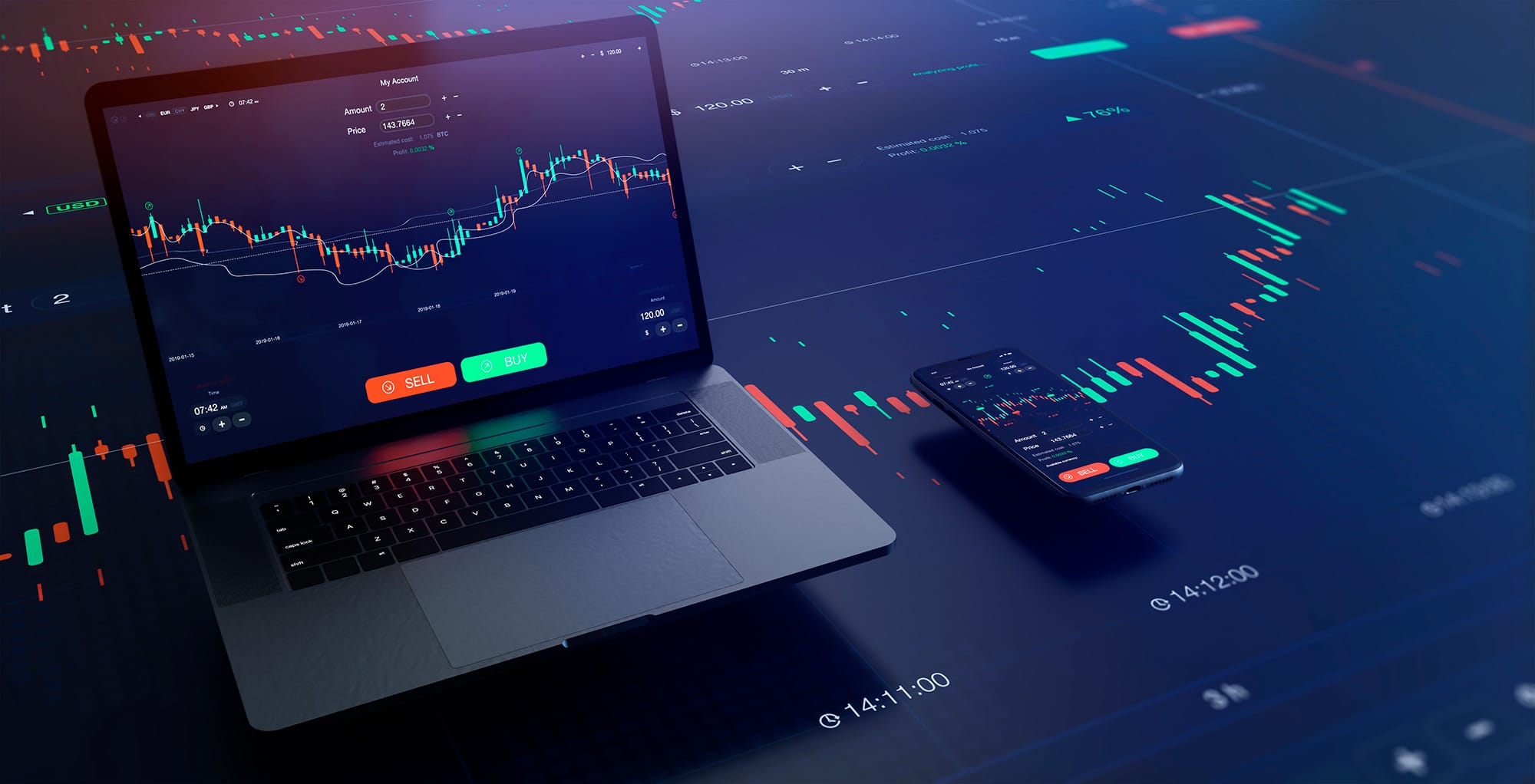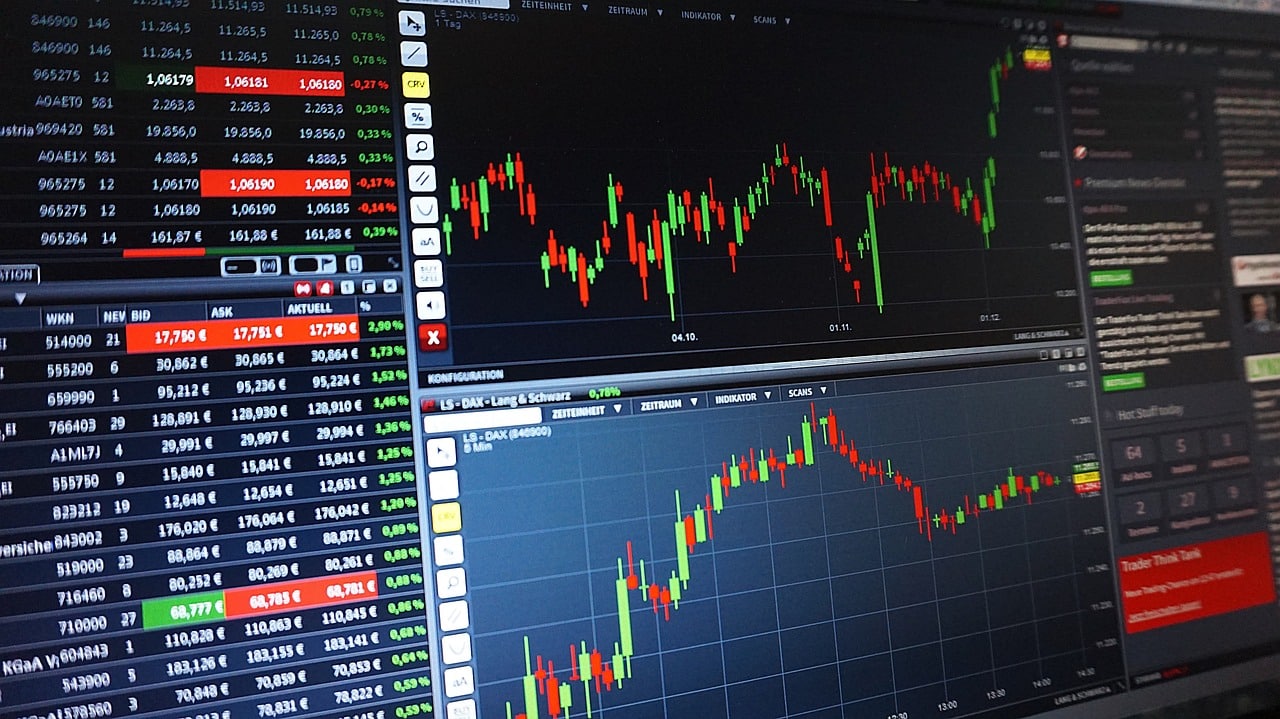Successful trading rests on a cornerstone called risk management. The process involves identifying, analyzing, and subsequently accepting or mitigating uncertainty in investment decisions. In simple terms, risk management in trading is making sound decisions to minimize losses and protect capital. This article will address the most critical risk management strategies that exist for minimizing losses and protecting one’s investments.





